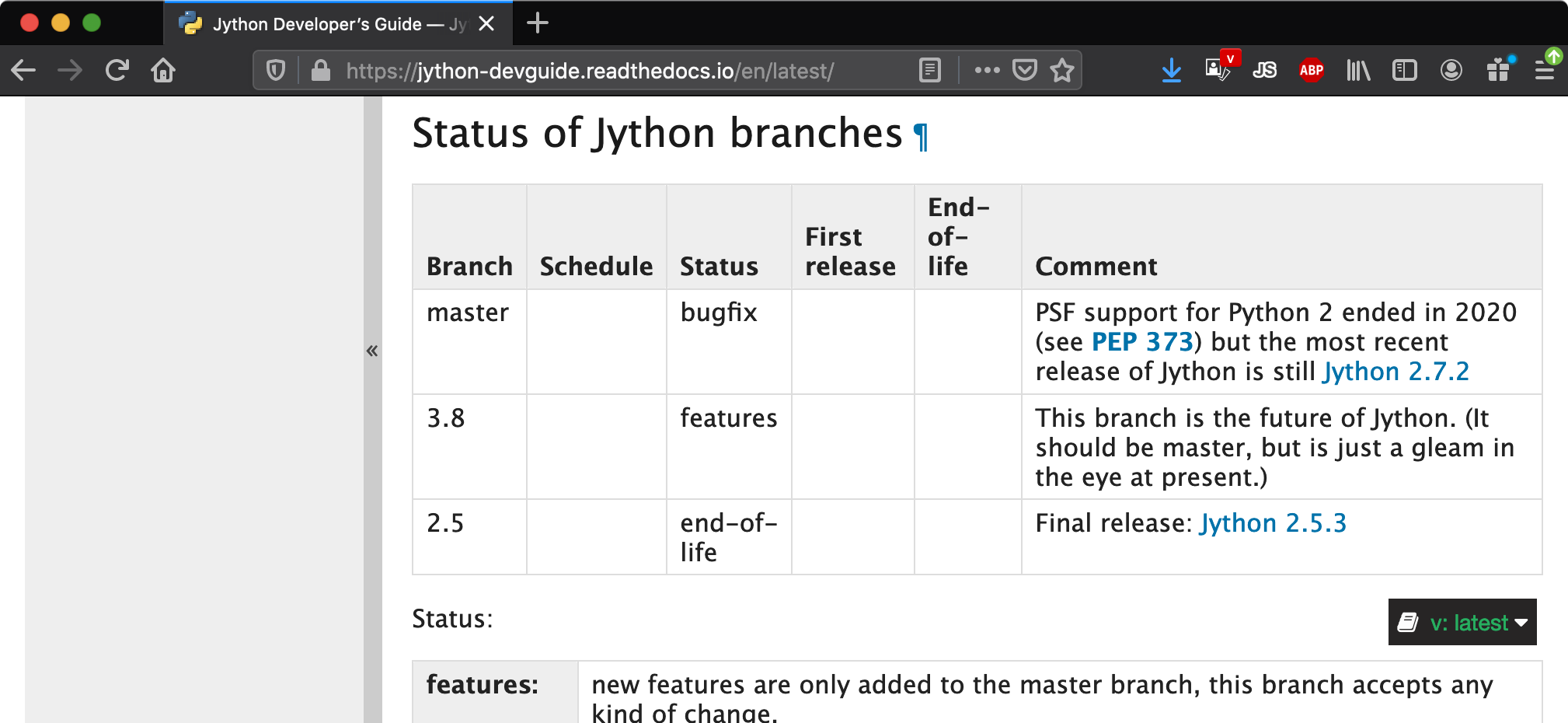
- #Docs2 activestate activepython python index install
- #Docs2 activestate activepython python index manual
- #Docs2 activestate activepython python index upgrade
- #Docs2 activestate activepython python index full
25 26 PythonWin is a Python IDE that includes a GUI debugger based on pdb. There is documentation for the IDLE debugger at 24. 20 21 The IDLE interactive development environment, which is part of the standard 22 Python distribution (normally available as Tools/scripts/idle), includes a 23 graphical debugger. You can also write your own debugger by using the code 19 for pdb as an example.
#Docs2 activestate activepython python index manual
It is 17 part of the standard Python library, and is :mod:`documented in the Library 18 Reference Manual `. 15 16 The pdb module is a simple but adequate console-mode debugger for Python.
#Docs2 activestate activepython python index full
Large files files are truncated, but you can click here to view the full file 1 :tocdepth: 2 2 3 = 4 ? 5 = 6 7. Consider Python 2 support to ensure a smooth migrationĭevelopers worldwide rely on ActivePython’s completeness and ease-of-use, while corporate users protect their infrastructure and stay competitive with quality-assured ActivePython business solutions.0 complexity | cd628420428fa34440d1502e6607837d MD5 |.Read the Python 2 To 3 Migration: A Developer’s Experience blog.Read our Python Modernization datasheet.

#Docs2 activestate activepython python index upgrade
Upgrade your Python 2 code base to at least Python 2.6.The currently suggested path for migrating from Python 2 to 3 is to: Other syntax changes: d = # set literalsĭata = b"marker" # bytes literals Much More Extended iterable unpacking allows code like: a, b, *rest = some_sequence Functions can declare keyword-only arguments. Python 3 supports function argument and return value annotations. 8-bit strings, encoded Unicode) is held in the new bytes type. All text is Unicode (represented by the str type), all binary data (e.g. New: print("fatal error", file=sys.stderr)

The print statement has been replaced with a print() function, with keyword arguments to replace most of the special syntax of the old print statement. Some of the code-level changes are highlighted below: “PRINT” is a function Python 3 also gives you function annotations and range memory objects which are significantly more memory efficient. Python 3 also offers a number of significant improvements over Python 2, including:

Also keep in mind that while most of the open source libraries you used to build your application on Python 2 have been ported to Python 3, they may not work in exactly the same way. You will have to make code-level changes. Migrating to Python 3 is not a simple “push button” upgrade because Python 3 is not backward compatible with Python 2. ActivePython is available for Python 3.7 or 3.8 for Windows and Linux, and Python 3.5 and 3.6 on macOS.
#Docs2 activestate activepython python index install
Since you can safely install both ActivePython 2.7 and ActivePython 3 side-by-side on your computer, you can experiment with Python 3 while still using Python 2 for your current code.ĭownload ActivePython to help with your Python migration project. In order to assist with the migration, many large organizations run Python 2.7 in parallel. As a result, you should be evaluating whether it is time to migrate to Python 3. While your applications may be working fine today, they will become more vulnerable over time as security issues are found. If you work for an organization that has built their applications in Python 2.7 (or older), you know that the Python Software Foundation no longer supports or updates Python 2. Since the Python 3 series was first released in 2008, the core team has consistently produced releases that have moved the language forward.


 0 kommentar(er)
0 kommentar(er)
